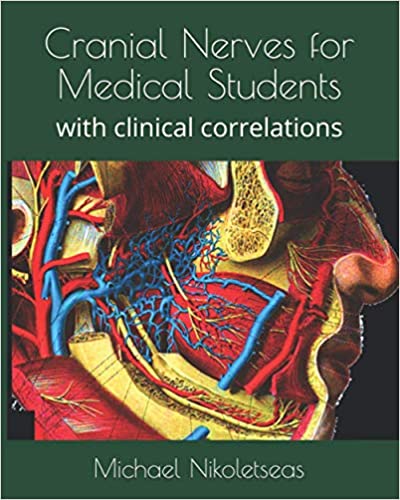Statistics textbook
Statistics textbook
College Statistics in the AI Era
is a modern, rigorous, and accessible introduction to statistical thinking — designed for students who must navigate both classical methods and the computational demands of the 21st century.
This book takes readers on a guided journey through data, probability, inference, and modeling. It begins with
data and measurement, descriptive statistics, and probability distributions, laying the foundation for sampling distributions, confidence intervals, and hypothesis testing. From there, it explores ANOVA, regression, logistic regression, classification, and categorical inference
, giving students a complete toolkit for analyzing relationships and making predictions.
Beyond classical methods, the text includes
nonparametric statistics, Bayesian updating, resampling techniques, and survival analysis
. These chapters give students robust alternatives when assumptions fail and prepare them for real-world research problems.
Computation is woven throughout:
bootstrap confidence intervals, permutation tests, cross-validation
, and regularization are presented conceptually and supported with worked examples. QR codes link to datasets, tables, and software notes for R and Python, encouraging hands-on learning.
The final chapters look outward to
big data, machine learning
, and ethics — connecting regression to regularization, ANOVA to ensemble learning, and classical inference to algorithmic prediction. Students are introduced to neural networks conceptually, as well as to fairness, transparency, and reproducibility in statistical practice.
Pedagogical features include clear chapter introductions, step-by-step worked examples, diagrams that clarify concepts, graded exercises, and sections on assumptions and limitations. The style is austere and precise, reflecting the scientific intent: to teach statistics not as a mechanical procedure but as a way of reasoning.
College Statistics in the AI Era
is ideal for undergraduates, graduate students, and self-learners in science, psychology, health, business, and engineering. It prepares readers for both exams and practice — providing not just formulas but judgment, so they can apply methods responsibly in an age when data are abundant but insight remains scarce.







Add new comment